Your Brand Voice Is Inconsistent—Here’s How to Fix It with AI in 2025
Let’s face it: most brands don’t have one voice they have five.
A formal tone on the blog. A casual tone on LinkedIn. A robotic tone in emails. And don’t even start on product copy.
That inconsistency? It’s confusing your audience and diluting trust.
In 2025, the brands winning mindshare aren’t just loud—they’re coherent. Their content feels aligned across every channel. Human. Recognizable. Reliable.
And the secret? It’s not style guides—it’s systematized AI-driven voice consistency.
The Real Cost of Inconsistent Voice
When your brand tone shifts unpredictably, your content suffers:
Emails sound like sales pitches
Blogs feel generic
Social posts lack personality
Case studies contradict product tone
Customers don’t know who they’re listening to
The result? Lower engagement, weaker trust, and missed conversions.
Brand voice isn’t just a “nice-to-have”—it’s a conversion asset. It’s how your content feels, and it directly shapes how your audience responds.
Why Style Guides Don’t Scale
You’ve probably tried the classic approach:
Create a 20-page brand tone doc
Train the team
Hope they stick to it
Spoiler: they don’t.
Freelancers misinterpret it. Internal teams improvise. AI tools ignore it altogether. Before long, your copy reads like it came from five different companies.
You don’t need more rules you need smarter systems.
The 2025 Fix: AI-Powered Brand Voice Control
Modern content systems like Flowblox let you embed brand voice directly into the creation process.
You define the voice once. Then every blog, email, LinkedIn post, or campaign asset is automatically aligned—no matter the format or platform.
Flowblox does this by:
✅ Learning your preferred tone (confident, helpful, witty, technical, etc.)
✅ Locking tone into templates for consistent reuse
✅ Generating content variants across channels—all in the same voice
✅ Giving teams editable outputs, but with built-in tone guardrails
You don’t hope for consistency. You build it in.
Real-World Example: Before vs. After
Before Flowblox:
A blog reads like a whitepaper.
Your email copy sounds desperate.
LinkedIn posts try too hard to be funny.
Sales materials feel like different companies wrote them.
After Flowblox:
Every asset sounds like you.
Confident, aligned, and purpose-driven.
Customers feel like they’re in a consistent relationship—because they are.
How to Set Up Your Voice System
Here’s a quick blueprint:
Define Core Traits
Is your brand bold or humble? Playful or precise? Outline 3–5 tone attributes.Collect Voice Samples
Grab top-performing content that “feels right.” This trains your AI baseline.Build Reusable Briefs in Flowblox
Each brief includes tone, format, audience, and platform targets.Generate with Guardrails
Let Flowblox create multi-channel content—all locked to your voice traits.Review for Nuance, Not Rewrite
Your team fine-tunes, rather than starts from scratch. Less drift. More speed.
Consistency Builds Trust. Trust Drives Growth.
In a crowded digital market, trust is your differentiator and nothing builds trust like a steady, human voice across every touchpoint.
When customers feel like they’re talking to the same brand (not a dozen ghostwriters), loyalty follows.
AI isn’t here to replace your voice it’s here to protect it at scale.
Final Thought: Scale Voice, Not Confusion
If your tone changes with every platform, campaign, or contributor, you’re not building a brand—you’re broadcasting noise.
With Flowblox, you can scale your content and your identity.
Define your voice once. Deliver it everywhere.


